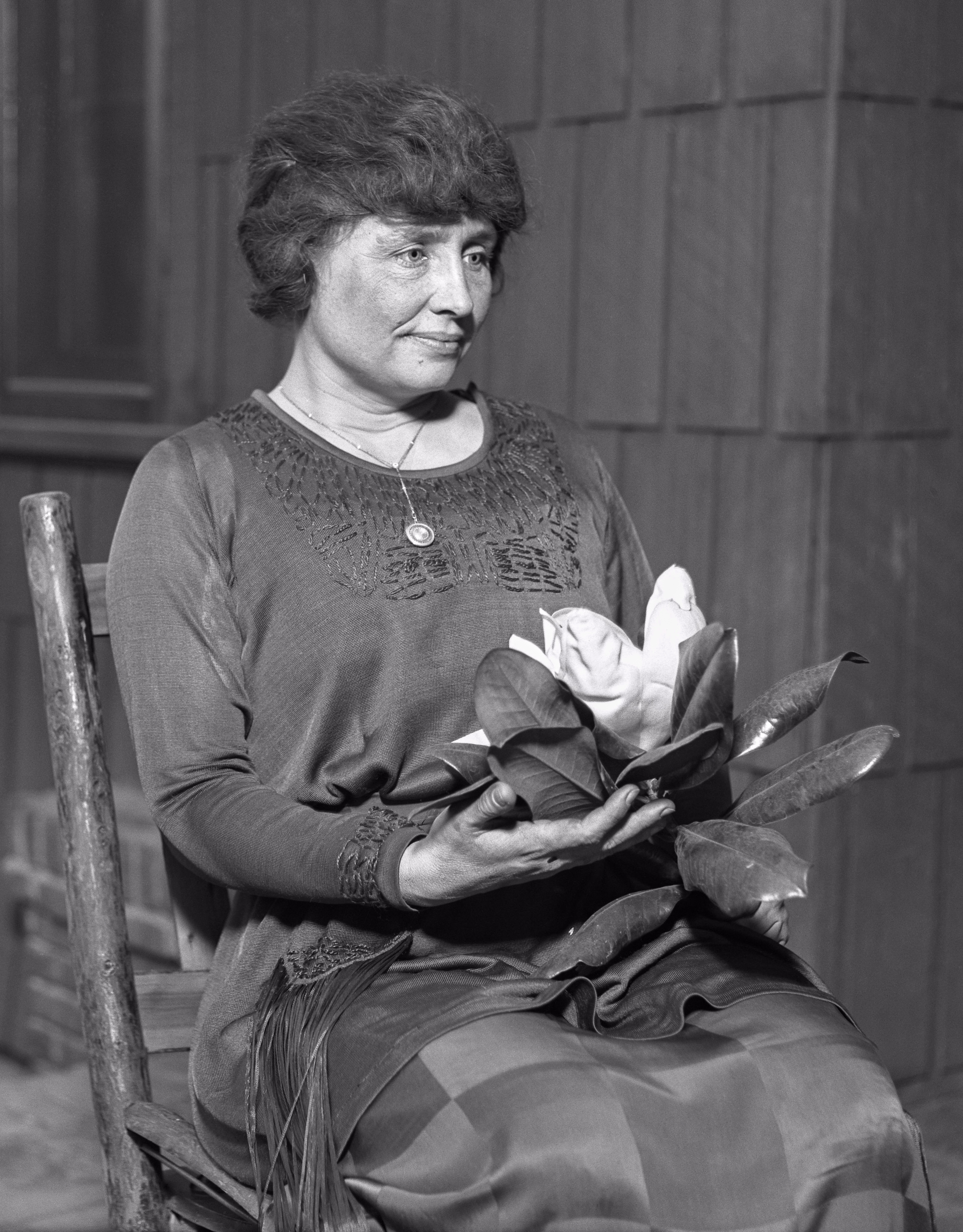The sun is bright, the air is warm and the bees are buzzing
… so why are so many people miserable?
While the spring warmth, rain showers and blooming plants may
be a welcome change to many after the chill of winter, others are hounded by
spring allergies and illnesses, including the common cold.
Let’s take a look at these unwelcome spring conditions.
Allergies and asthma
Seasonal allergies affect more than 50 million Americans,
according to the American
College of Allergy, Asthma and Immunology. An allergy is an
overreaction of the immune system to substances, or allergens, that typically
don’t affect other people. They may cause sneezing, coughing and itching and
may be mild to life-threatening.
More than 25 million Americans have asthma — a disease of
the lungs that causes repeated episodes of wheezing, breathlessness, chest
tightness and nighttime or early morning coughing.
Both conditions are often triggered by soaring pollen counts
encountered by people spending more time outdoors in the warm weather, as well
as the growth of mold indoors and outdoors prompted by spring showers.
If you have seasonal allergies, it’s important to take your
medication. If possible, start your medication two weeks before your symptoms
typically show up or before your local newscast reports a streak of warm
weather on the horizon. Also, check with your doctor to make sure you have the
right kind of medication. People with asthma should keep their peak flow meters
and rescue inhalers handy. You will also want to keep an eye on pollen counts
if you already know what kind of pollen sets off your condition.
To find an allergy and asthma screening location in your
area, click here.
Rhinovirus
The cause of roughly half of all
common colds, rhinoviruses
spread easily during spring, a peak time for these illnesses. Rhinoviruses are
viral infections, as their name implies, and typically cause upper respiratory
infections but sometimes affect the lower respiratory system as well. To avoid
spreading or catching a rhinovirus, practice preventive measures like coughing
or sneezing into your elbow or a tissue, washing your hands regularly and
avoiding touching the eyes, nose and mouth.
Influenza
Just because winter is behind us
doesn’t mean that the flu has also taken
a hike. Flu activity in Louisiana has declined recently but is still elevated, and
higher than our peak last season. This flu season, there have been about 7,000
hospitalizations and 700 deaths in Louisiana from flu and flu-related
illnesses. Like rhinoviruses, preventive measures are key, including avoiding
people who are sick and staying home from work or school if you have the flu.
The best preventive measure is the flu shot, which can reduce the duration of
illness, doctors’ visits and missed school and work, as well as flu-related
hospitalizations. Learn more about how you can Fight the Flu.
Conjunctivitis
Known more commonly as pink eye, conjunctivitis is common during
the spring months and is often confused with allergy symptoms. It’s a highly
contagious condition that is easily spread, particularly among young children.
Keep conjunctivitis at bay with regular and frequent hand washing and avoiding
touching the eyes. This condition can be bacterial, viral or allergic, and
treatment varies depending on type. Viral is treated for symptoms only,
bacterial requires antibiotics, and allergic can be treated with antihistamines
taken by mouth and/or in the eye.
Norovirus and rotavirus
Norovirus and rotavirus come with stomach pain,
cramping, nausea, diarrhea and vomiting, and sometimes low-grade fever, chills,
headache, muscle aches and fatigue. These symptoms are very unpleasant and
typically last one to two days, but norovirus and rotavirus can be spread for several
days after the symptoms clear up. Again, wash your hands frequently and stay
home from work or school if needed. You will also want to wash your bedding and
disinfect any household items that you may have touched.
Lyme disease
Spring weather, with its warmth
and rain showers, is the perfect breeding ground for deer ticks, which transmit
Lyme
disease. Fortunately, Lyme disease is relatively rare in Louisiana, with
just a handful of cases every year. Protect yourself when spending time
outdoors by avoiding walking in tall grasses and other vegetation and using
tick repellant. Watch your skin for a bull’s-eye rash,
which is a sign of Lyme disease. The disease can be treated with antibiotics.
Don't let spring allergies and illnesses get you down. Take preventive measures and talk to your doctor if you're sick or concerned that you may become sick. Enjoy these warm days before the heat and oppressive humidity of summer take over!












